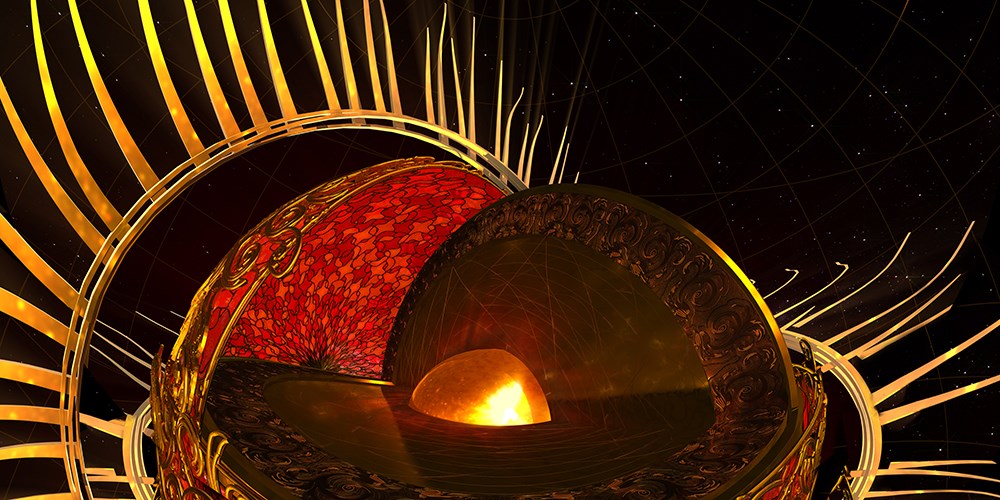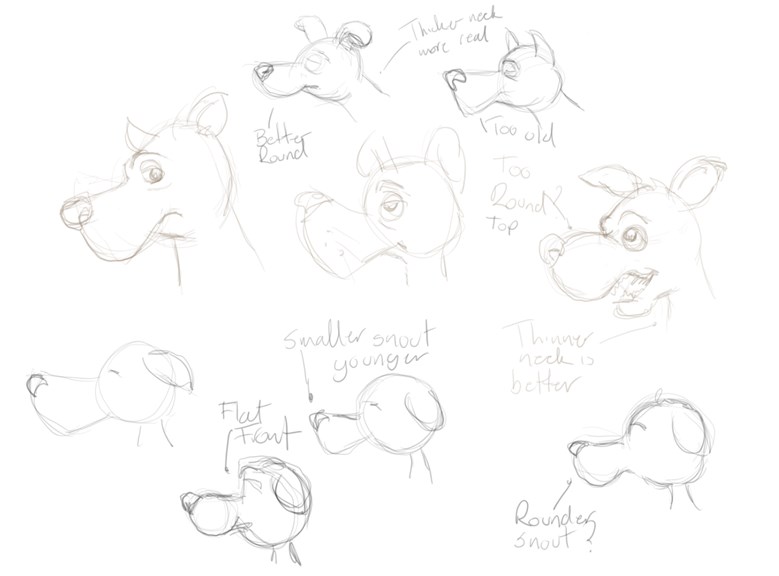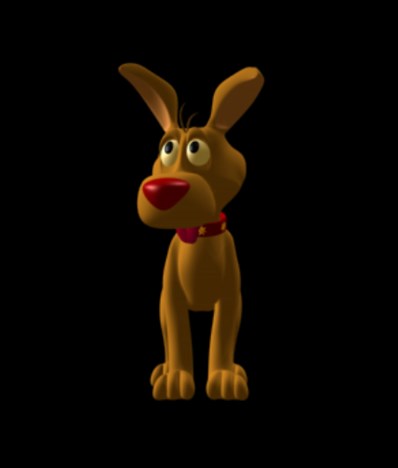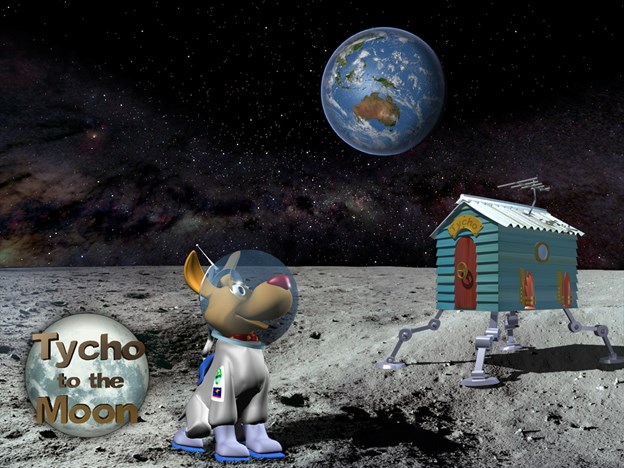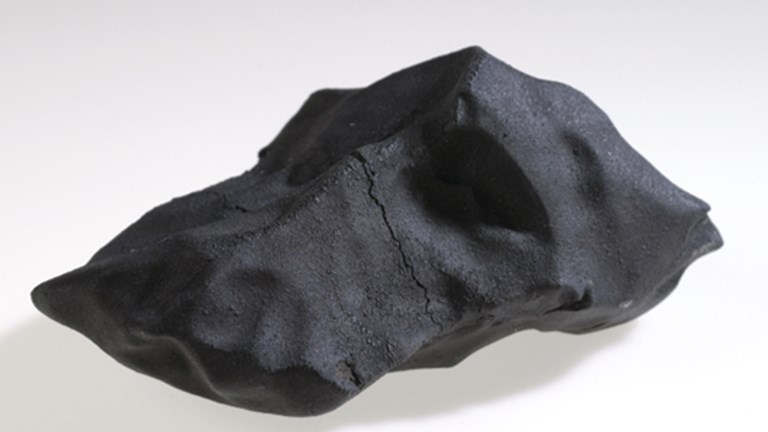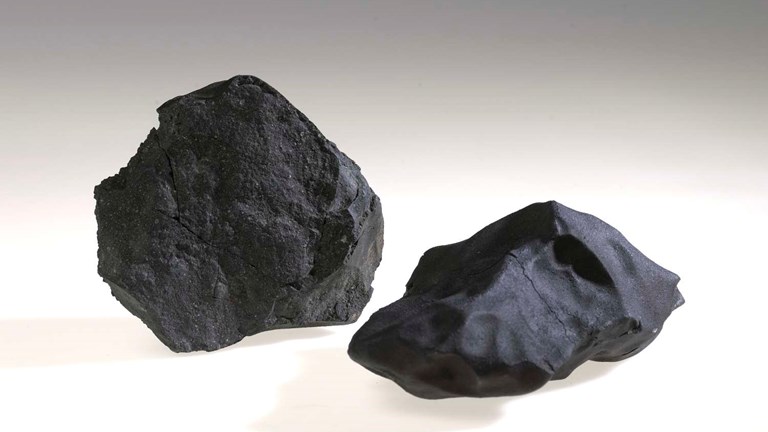Astronomy and the art of scientific storytelling
How to capture the awe of a solar eclipse, explain the inner workings of the Sun and peer into the depths of a black hole?
Answering this question is the raison d'etre of the Melbourne Planetarium, which for 20 years has produced fictional films and documentaries about space to be projected onto a giant 16-metre dome suspended over the audience and distributed around the world.
There is no bigger story in the universe than the story of astronomy.
With monumental elegance, the astronomer can express the origin of everything in a string of numbers, letters and symbols. To most people, however, those equations may as well be Mayan hieroglyphics.
So how can astronomers tell their stories in a language the rest of us can comprehend?
The Planetarium’s manager Warik Lawrance, says collaboration is key.
Warick came from the film industry, his long-term creative partner at the Planetarium is Museums Victoria astronomer Dr Tanya Hill.
‘It’s a bit yin and yang,’ Warik says.
‘Tanya will be telling me the science, but I’ll always say: “what’s the story?”’
‘Then I’ll go off on tangents, but if it’s not scientifically correct, Tanya pulls me back.’
This ‘push-pull dynamic’ between creative and scientific brains has been driving the Planetarium team for two decades. And it plays out differently for every production.
In the Planetarium's most recent work, Moonbase ONE, the team wanted to show an eclipse. Capturing it on the dome proved a challenge.
‘To go see an actual eclipse is almost like religious experience'Warik Lawrance
‘For some people, it’s the most incredibly powerful event they will ever see. You get eclipse hunters who spend their lives chasing eclipses around the world,' he says.
‘But you show that in a dome and it is just entirely uninteresting.’
In this case, the Plano team was pulled toward the creative and opted for a ‘totally stylised’ eclipse.
‘We did a completely artistic interpretation because what we wanted to capture was the awe of it,’ Warik says.
Other depictions are more technical. In Starlight, the team set out to explain the inner workings of the Sun.
This is a mind-boggling complex story of nuclear fusion reactions and the inner structure of the sun.
Again, the aesthetic was key to explaining the story.
‘We showed the Sun open up like a miniature jewel box,’ Warik says.
‘It was really beautifully done, and yet the science is highly detailed and very specific.’
In other instances, Warik’s team push more on narrative.
In Black Holes, they delved into the concept called event horizon—essentially the dark threshold around a black hole beyond which no eye can see.
The team opted for a parable. They told the story of a dragonfly nymph, which form underwater, then emerge, shed their skins and fly off as dragonflies.
‘As one dragonfly is leaving he promises the others he is going to return and tell them what he sees when he gets beyond the surface of the water,’ Warik says.
‘But he can't do that.’
Storytelling was key to success of one of the Plano’s first and still most popular films: Tycho to the Moon. The story of a cheeky dog who blasts off into space was first made in 1999 but has been revamped twice to meet the demand of young viewers around the world.
While the art of storytelling remains the same, technical production has changed dramatically over Tycho’s 20 years.
‘When the Planetarium first started they were producing shows in anywhere from three- to six months,’ Warik says.
‘Now we might take two years—production values have gone up and up and up.’
And Warik sees plenty more change and opportunity on the horizon, with more artists and filmmakers exploring virtual reality.
In 2018, the team worked with filmmaker Dominic Allen who had shot hours of stunning footage of First Nations dancing in stereoscopic 360 degree.
This type of footage is conventionally shown in virtual reality headsets, but the limitations of that format meant that the film would be restricted to under 15 minutes and could not show all the dances in their entirety. Screening it onto the Planetarium’s dome allowed for the 45-minute feature Carriberrie.
Warik says experiences like this demonstrate how the dome is 'immersive, visceral and transcendental' in ways that VR headsets and traditional cinemas are not.
And he believes that improved technology will allow enthralling new ways to tell the biggest stories in the universe. Once again, collaboration will be key.
‘I'm looking forward to exploring the potential of that and working with other artists as well,’ Warik says.

